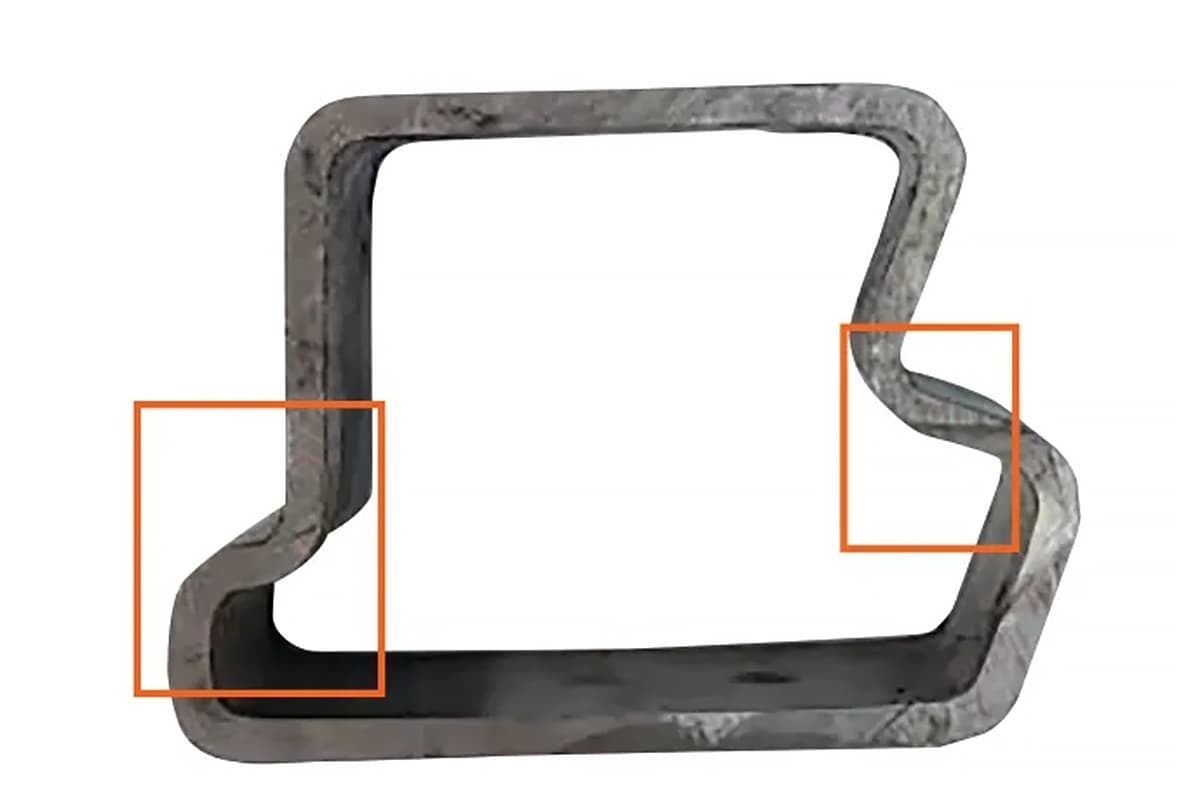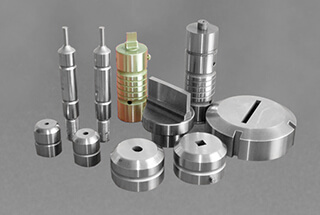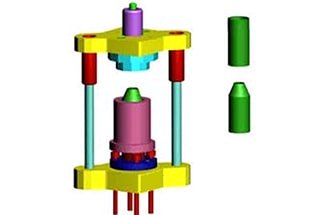
Why do iron filings fall off during the trimming of stamping dies, and how can this problem be solved? In the world of metal stamping, this issue leads to defects and increased costs. This article explores the causes of iron filings falling off, the impact on production, and effective countermeasures. By understanding these insights, you can significantly improve the quality and efficiency of your stamping operations. Learn practical solutions to ensure smoother, more cost-effective production processes.
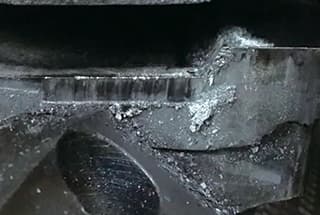
In the early stages, manual line production utilized stamping dies, which resulted in a high rework and scrap rate due to iron chips falling off the edges of the dies. This seriously impacted our quality, cost, and efficiency.
To address this issue, we established a technical research group focused on trimming and iron chip falling, and conducted extensive research on the iron chip falling problem. The results of this research were successful.
The goal of the main engine factory in the automobile industry is to achieve high quality while maintaining low cost.
The production pace of the manual stamping production line in the old factory was 3 to 5 strokes per minute (spm). However, after being upgraded to an automatic production line, the production pace increased to 6 to 10 spm, resulting in doubled production efficiency and significant cost reduction in production and operations.
One challenge we faced was that the molds used in the manual line were not sufficient to support the demands of the automatic line. To overcome this, the molds used in the manual line had to be transformed and upgraded to meet the requirements of the automatic closed line production.
The main objective of converting the manual stamping line mold to an automatic mold is to address the issue of iron filings falling off during trimming.
Iron writings in stamping production tend to stick to the surface of the mold and parts (as shown in Figure 1), causing indentations on the surface of the parts (as shown in Figure 2).
When indentation defects are detected by the end-of-line quality inspector, at least 7 of the parts have to be reworked or discarded.
This not only severely impacts the appearance quality of stamping products, but also raises the cost of subsequent operations.
Eliminating the iron writings produced by trimming dies is a major challenge in stamping production.
By optimizing and transforming the die structure of the manual production line, we can effectively reduce the amount of iron writings produced during production, and there will be no significant crushing of waste iron writings on the surface of stamping parts.

Fig. 1 iron filings accumulation of lower die block

Fig. 2 crushing on the outer surface of stamping parts
The optimization and correction of the trimming knife block and punch can meet the standards, maintain stable production, minimize the generation of iron filings, and effectively resolve the issue of iron writings.
⑴ The optimization and improvement of the straightening tool block includes the following steps (as shown in Figures 3 and 4):
① Smoothing the “wave” portion of the reference surface;
② Transforming the positive cone of the cutting surface into a 90° vertical plane;
③ Sharpening the edge through repairs;
④ Maintaining the reference surface at a distance of 10mm.

Fig. 3 before the rectification of the direct repair tool block

Fig. 4 after the rectification of the direct repair tool block
⑵ The optimization and improvement of the punch include the following steps (as shown in Figures 5 and 6):
① Decreasing the original intake from 10mm to within 5mm;
② Lowering the peripheral edge of the upper part of the punch and flattening the middle bulge;
③ Shaping and polishing the edge and circumference of the punch.

Fig. 5 excessive punch intake

Fig. 6 reasonable punch intake
⑶ The optimization and improvement of the blade gap and its distance from the pressing plate include:
① Grinding and aligning the blade gap with red lead to ensure even and appropriate spacing (as shown in Figures 7 and 8);
② Increasing the gap between the cutting edge and the pressing plate from 0 ~ 0.1mm to 0.5mm ~ 0.7mm (as shown in Figures 9 and 10).
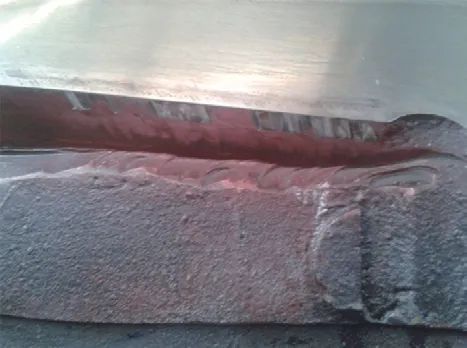
Fig. 7 the blade clearance is too small

Fig. 8 uniform blade clearance

Fig. 9 the clearance between the cutting edge and the contour of the pressing plate is small

Fig. 10 the clearance between the cutting edge and the contour of the pressing plate is uniform
(4) The optimization and improvement of the waste knives include the following steps (as shown in Figures 11 and 12):
① Reducing the gap between the waste knife and the knife block from 7mm to 1mm;
② Decreasing the intake from 12mm to 4mm;
③ Changing from a non-empty knife to an empty knife.

Fig. 11 waste knife before rectification

Fig. 12 after waste knife rectification
The optimization and improvement of the pressing surface of the pressing core include the following steps (as shown in Figures 13 and 14):
① Decreasing the pressing control surface of the pressing core from a maximum of 40cm to less than 20cm.
Reducing the pressing area helps minimize indentations, as even small amounts of iron filings will not be introduced into the mold;
② Increasing the lapping rate of the pressing core from 75% to over 95%;
③ Smoothing and polishing all pressing surfaces.
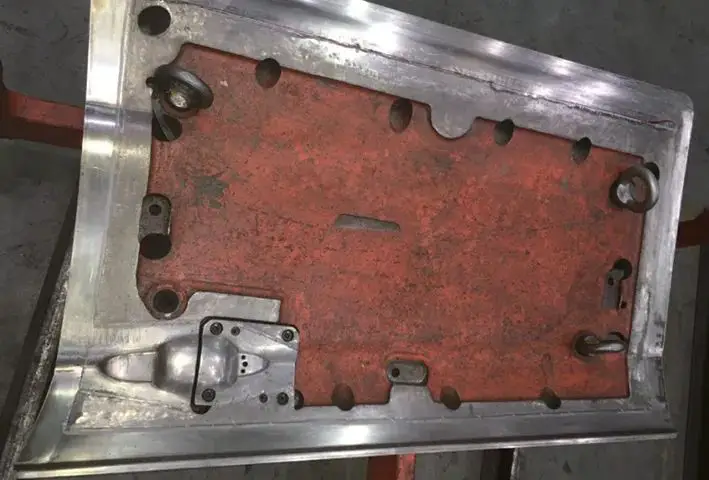
Fig. 13 before rectification of pressing core profile

Fig. 14 after rectification of pressing core profile
A vent hole with a diameter of 30mm has been added to the local enclosed area within the pressing core to maintain consistency with the external air pressure, thus preventing the issue of iron scraps being absorbed due to negative pressure inside the mold during production (as shown in Figures 15 and 16).

Fig. 15 before adding vent hole to pressing core

Fig. 16 after adding vent hole to the pressing core
The optimization and improvement of adding vent holes in the punch include:
① Increasing the number of vent holes on the surface of the punch from 230 to 290, resulting in a 26% increase.
The vent holes are located in areas with large surface areas and smooth arc transitions.
The size of the vent holes is φ6mm, which is consistent with the original size (as shown in Figures 17 and 18);
② Smoothing and polishing the convex model surface.

Fig. 17 punch before adding vent hole

Fig. 18 after adding vent hole to punch
By optimizing and improving the cutting edge, pressing core, and punch structure, the process parameters meet the requirements of the trimming process and minimize the generation of trimming iron writings, thus avoiding the crushing of parts and molds by the iron writings.
Over the past 8 months of production, the indentation rate has decreased from 8.5% to 3.1%, and has remained stable for three consecutive months with a clear improvement.
To solidify the achievements and pursue continuous improvement, we have taken two actions:
Firstly, we apply the successful cases to the structural design stage of new molds to minimize the problem of trimming and falling iron writings as much as possible.
Secondly, we have established guidelines for the maintenance of stamping dies with iron writings falling off the edges of the dies, which are controlled through the system and process to ensure the stability of stamping dies during production and operation, and reduce the number of unqualified products caused by iron writings.


